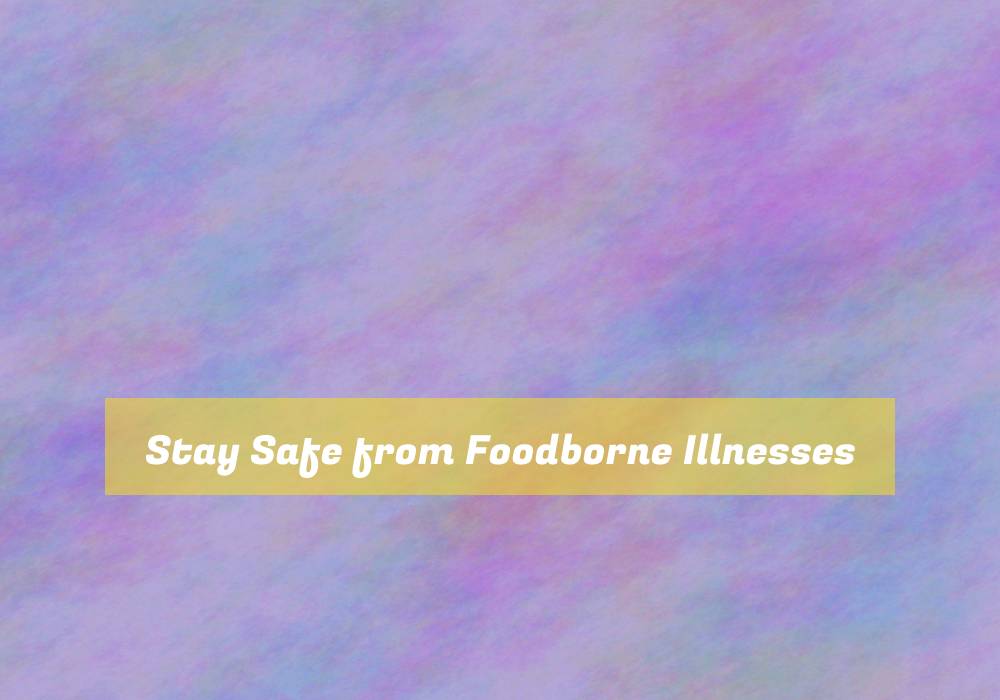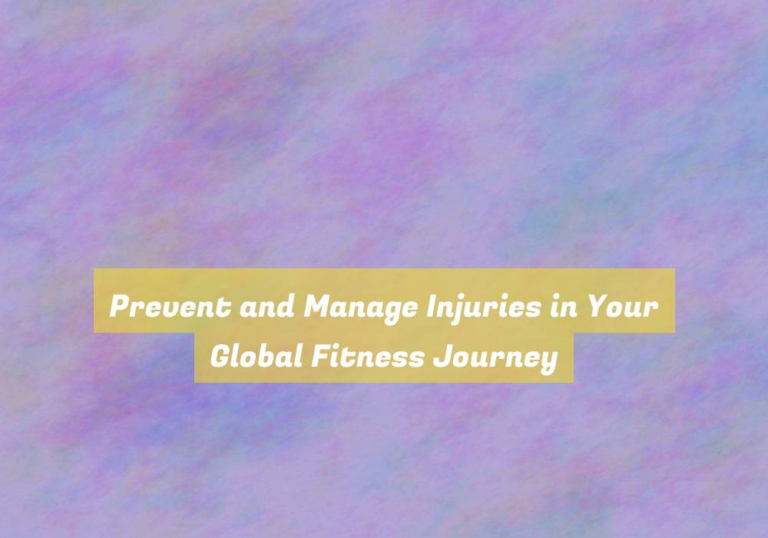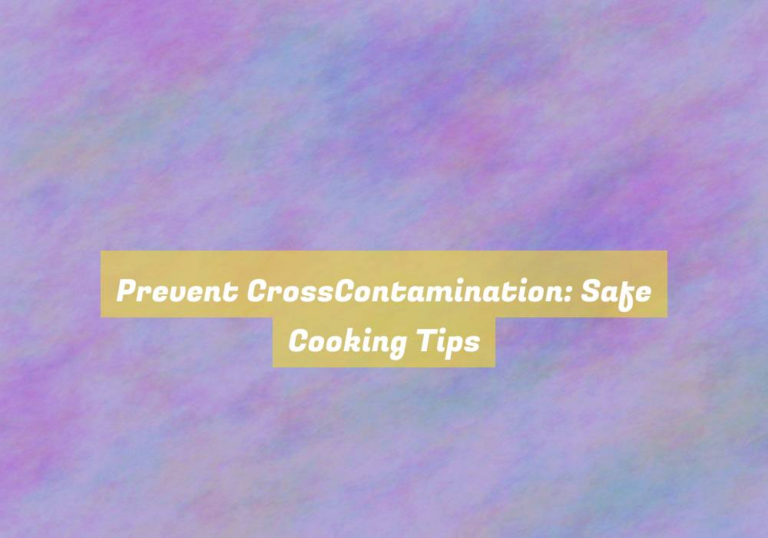Stay Safe from Foodborne Illnesses
You may have experienced the unpleasant aftermath of consuming undercooked chicken at a barbecue, leading to a bout of food poisoning that left you bedridden for days. This is just one example of the serious consequences of foodborne illnesses.
But fear not, there are simple yet crucial steps you can take to protect yourself and your loved ones from falling victim to such incidents. By understanding the sources of food contamination and implementing safe food handling practices, you can significantly reduce the risk of foodborne illnesses.
But it doesnG??t stop there; there are specific high-risk foods to be wary of and ways to prevent cross-contamination that you need to be aware of to ensure your safety.
Understanding Food Contamination
To understand food contamination, you must recognize the potential sources and methods of transmission. Contamination can occur at any point in the food production process, from the farm to the table. One common source of contamination is through animal waste, which can contain harmful bacteria such as E. coli and salmonella. When produce comes into contact with contaminated soil or water, the bacteria can easily transfer to the food. Additionally, improper handling and storage of food can also lead to contamination. For example, if raw meat comes into contact with ready-to-eat foods, cross-contamination can occur, spreading harmful bacteria.
Understanding the methods of transmission is crucial in preventing food contamination. Bacteria can be spread through direct contact with contaminated surfaces, through the air, or through the consumption of contaminated food or water. ItG??s important to practice good hygiene and proper food handling techniques to minimize the risk of transmission.
Safe Food Handling Practices
Proactively minimizing the risk of food contamination involves implementing safe food handling practices to ensure the safety of the food supply chain.
Wash your hands thoroughly with soap and water before handling food to prevent the spread of bacteria.
Keep raw meats separate from ready-to-eat foods to avoid cross-contamination. Use separate cutting boards and utensils for raw meats and other food items.
Cook foods to their recommended internal temperatures to kill harmful bacteria. Refrigerate perishable foods promptly to slow down the growth of bacteria.
When reheating leftovers, make sure they reach an internal temperature of 165-?F to kill any potential bacteria.
Regularly clean and sanitize kitchen surfaces, countertops, and equipment to prevent the buildup of harmful germs.
Additionally, itG??s crucial to follow expiration dates and storage guidelines to maintain the quality and safety of food products.
Identifying High-Risk Foods
Identify high-risk foods by examining their storage, handling, and preparation methods to prevent foodborne illnesses. High-risk foods are those that provide an ideal environment for harmful bacteria to thrive.
Raw or undercooked meat, poultry, seafood, and eggs are common culprits. Improper storage of these items can lead to bacterial growth, so ensure theyG??re refrigerated at the right temperature and separated from ready-to-eat foods.
Fruits and vegetables can also pose a risk if not properly washed and handled. Cross-contamination can occur when these foods come into contact with surfaces or utensils that have been in contact with raw meat or poultry.
Dairy products like milk, cheese, and yogurt can harbor harmful bacteria if not stored at the correct temperature. Be cautious with deli meats and hot dogs, as theyG??re often ready-to-eat but can still carry Listeria if not handled properly.
Lastly, be mindful of cooked rice, pasta, and other grains as they can become a breeding ground for bacteria if left at room temperature for too long.
Preventing Cross-Contamination
Prevent cross-contamination in your kitchen by diligently cleaning surfaces and utensils that come into contact with raw meat, poultry, or seafood. Use separate cutting boardsG??one for raw meat, poultry, and seafood, and another for fresh produce.
Wash your hands thoroughly with soap and warm water before and after handling raw meat, poultry, or seafood.
ItG??s crucial to wash utensils, cutting boards, and countertops with hot, soapy water after theyG??ve touched raw meat or seafood. Consider using paper towels to clean up kitchen surfaces, or if you use cloth towels, wash them frequently in hot water.
Store raw meat, poultry, and seafood on the bottom shelf of the refrigerator to prevent juices from dripping onto other foods. Use different plates and utensils for raw and cooked foods to avoid cross-contamination.
When marinating food, do so in the refrigerator, not on the counter, and discard the marinade that was in contact with raw meat.
Conclusion
Remember, staying safe from foodborne illnesses is all about understanding food contamination, practicing safe food handling, and being aware of high-risk foods.
By following these simple steps and being mindful of cross-contamination, you can greatly reduce your risk of getting sick from contaminated food.
Stay informed, stay vigilant, and stay safe when it comes to your food choices.
Your health is worth the extra effort!







